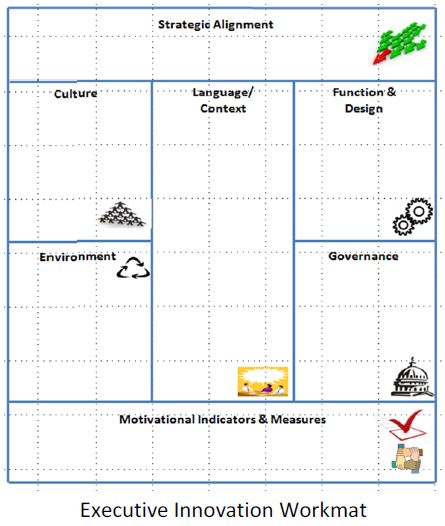Preparing for a monthly webinar on intrapreneurship has led me to literature searches for resources that represent thought leadership on intrapreneurship and innovation. Most of the literature recognizes the inherent dichotomy between organizations wanting to be cutting edge for the sake of competition, but not wanting the risks and change necessary to go there. Consequently, many stumble in their pursuit of innovation. The book, The Innovative CIO: How IT Leaders Can Drive Business Transformation (CA Press/Apress), addresses practical suggestions to overcome some common barriers to successful innovation. Dennis McCafferty writes that “it also demonstrates how to take advantage of your human and tech resources to effectively evaluate, track and “sell” the value of innovation within your company. The Innovation CIO coauthors Andi Mann, George Watt and Peter Matthews discuss the following 10 Ways to Kill Innovation:
1. Unhealthy Internal Competition Healthy competition encourages achievement. But when employees focus more on beating each other than benefiting their organization, it’s unhealthy competition.
2. Inconsistency in Rewards If workers feel there’s no rhyme or reason in performance awards, they’ll grow demoralized and stop trying.
3. A Culture of Intimidation Bosses who ridicule “dumb” ideas to present themselves as “the smartest person in the room” ultimately choke innovation through fear and ridicule.
4. No Organizational Framework for Innovation Without a companywide framework for fostering innovation, it’s difficult for lower-level managers to leverage innovation as it happens.
5. The Pursuit of Perfection Perfectionists tend to “hide” work until they feel it’s 100% ready. But innovation thrives from collaboration and dialogue while work is in progress.
6. Protection Obsession Company “protectors” are often guilty of shooting down any proposals that they feel will harm their organization or department.
7. Inbox Overload A relentless barrage of emails, meetings and phone calls–many of them unnecessary–keeps CIOs and their teams preoccupied with the mundane and urgent instead of something fresh, new and valuable.
8. Voluntary Isolationism IT teams will often “go dark” and bury themselves in projects while closing off contact with stakeholders, customers and others who can help greatly via feedback.
9. Clinging to Legacies Outdated IT systems and processes hinder innovation. However, too many CIOs stick with them because they cost money and/or they don’t want these deployments to be perceived as “failures.”
10. No Strategic Focus Innovation teams must always keep concrete, business-benefiting goals in mind during collaboration. Otherwise, it’s just a fun but ultimately pointless “creativity exercise.”
What is true in IT circles is true, to some extent, in any kind of business. The environment and culture have so much to do with successful innovation. Agility Innovation and Ovo Innovation, in a joint whitepaper, provided a list of 6 key capabilities needed by executives to foster the skills and capacities for innovation in their companies:
- creating alignment,
- deploying trusted methods and tools,
- effective communication and engagement,
- empowering people, providing skills,
- refocusing attitudes, perspectives and rewards ,
- defining a corporate “governance” for innovation
The whitepaper authors argue that these skills or capabilities can be developed in an appropriate strategic manner when applying the Executive Innovation Workmat (shown below). They believe that executives can be trained to both understand how to innovate and how to acquire and inspire the skills requisite to do it well. Beginning with establishing a language for innovation, complete with agreed upon definitions of key terms, a systematic approach serves organizations best. When corporate strategy and innovation have linkage, the likelihood of success goes way up!





